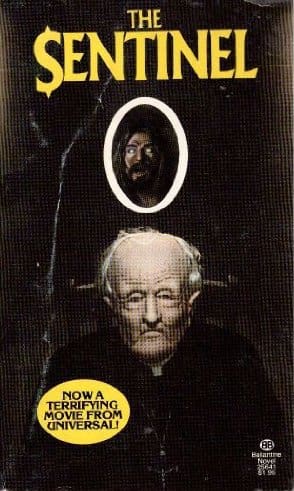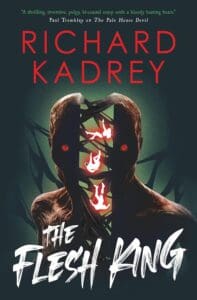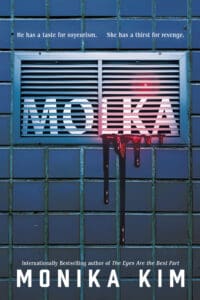
Synopsis:
Aspiring model Allison Parker finally moves into her dream apartment: a brownstone on Manhattan’s Upper West Side. But her perfect home quickly turns hellish.
The building is filled with a cast of sinister tenants, including a reclusive blind priest, who seems to watch her day and night through an upstairs window. Eventually, Allison starts hearing strange noises from the empty apartment above hers. Before long, she uncovers the building’s demonic secret and is plunged into a nightmare of sinful misdeeds and boundless evil.
Review:
If you’re looking for corny, casually problematic religious horror, that will leave you sleeping with the lights on- Jeffrey Konvitz’s 1974 “The Sentinel,” may well be the book for you. With some hair-raising passages (and some eyebrow-raising social commentary) every corner of Alison Parker’s new Brownstone apartment building harbors chilling revelations. Nostalgic and suspenseful, “The Sentinel,” is a fun and unholy time.
A high-paid model, Alison Parker, moves into the perfect address, a quaint brownstone, following her return to Brooklyn. Aside from the initial stress of the move, and her peculiar run-in with her charismatic neighbor Charles Chazen- everything seems to be in order. The small renovations she’s making are going smoothly, and her successful but pompous prick of a boyfriend, Michael Farmer seems happy for her too. But this is horror, and it’s only a matter of time until Alison begins to suffer with relentless migraines, following an utterly bizarre, and very concerning interaction with the block’s other tenants… it seems her new home isn’t as blissful as she’d have hoped. Weirdest of all? Father Matthew Halliran, a blind -likely senile- priest, who simply sits and watches from his apartment window. As shadows deepen and secrets are unraveled, Alison finds herself staring into an abyss, and can’t help feeling like something is staring back.
It’s important that I highlight that some of the characters we follow unfortunately reflect outdated stereotypes that may not sit well with modern readers. Written half a century ago, some characters such as Sandra and Gerde, also referred to as “The Lesbians,” as well as the female protagonists Alison and Jennifer absolutely bear the unmistakable mark of 1970s male authorship- seriously, I think Alison faints at least 5 times. This casual homophobia and sexism detracts from an otherwise gripping narrative. Now, I appreciate that 50 years ago, we lived in a very different world, and I am not insinuating that these characters were written this way maliciously, this is a mere warning that elements of this novel may leave contemporary readers cringing.
“The Sentinel,” absolutely wins some brownie points for scaring the bejeezus out of me. The Brownstone Apartment itself is a fitting Rosemary’s Baby-esque backdrop to the fever dream that follows. The mystery and suspense built around apartment 4A in particular was very well executed.
Of course, it would be rude to ignore Father Halliran, who plays a minimal role (but packs a maximum punch) in the story. The cloak-clad guardian lurks in the periphery of the novel until its 11th hour, but his ominous presence is a source of intrigue, terror and paranoia from beginning to end. Just take a look at that cover- they don’t make ‘em like they used to.
The other character I enjoyed was the eccentric Mr Chazen, with his cat Jezebel and parakeet Mortimer. He definitely provided some comic relief, whilst still being an integral part of the madness that ensues.
The plot twists throughout were pretty damn jaw-dropping, and were one of the reasons I kept reading. My personal favorite of the lot is revealed early on, but is so existential that it’s the driving force behind the madness and upset that ensues. The twist toward the end was also one that took me by surprise, and in conjunction with the epilogue, filled me with dread- it really was the cherry on top.
In between blind-siding twists and turns there’s lots of surprisingly deep commentary on religion and religious trauma, as well as direct critique of the Church. Alison has a tough time with her faith throughout the novel, following an incredibly traumatic experience as a child. She grapples with this religious turmoil in a surprisingly complex and resonant way- and I was impressed.
As I delicately closed the pages of “The Sentinel,” (seriously, my copy is a first edition that is on the verge of disintegration) I was left with a whirlwind of emotions and a lingering sense of unease. It’s far from perfect, but is packed with plot twists, and most importantly: it’s wickedly entertaining. Wrapped in the trappings of a bygone era, but still as terrifying as ever, The Sentinel is a must read for lovers of vintage horror.









Leave a Reply